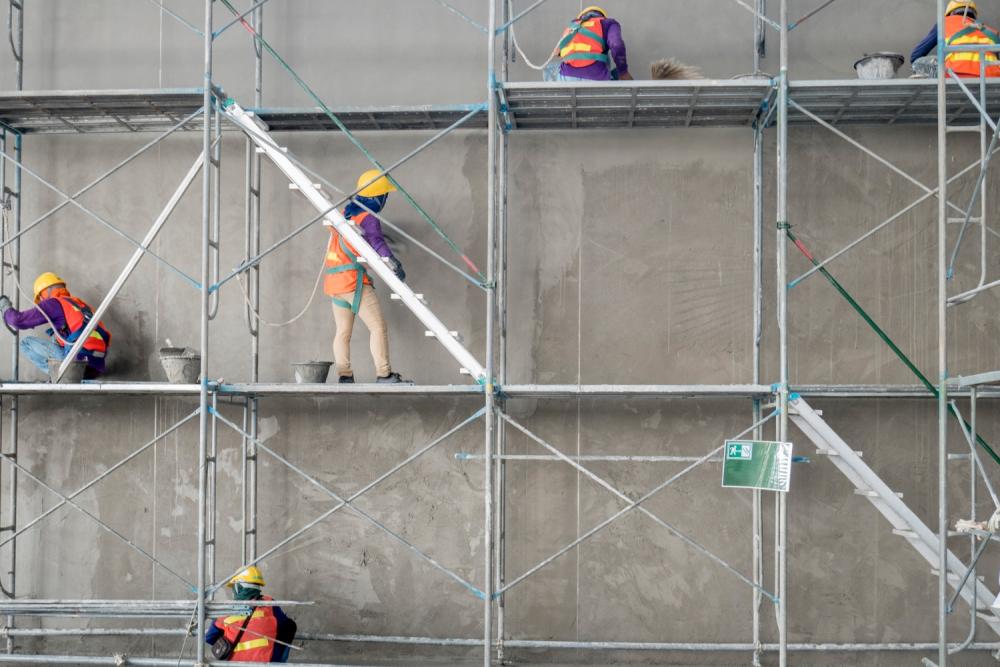When it comes to choosing scaffolding for construction or maintenance projects, the material you select plays a major role in safety, efficiency, and overall cost. Two of the most common scaffolding materials are aluminum and steel—each offering unique advantages and limitations. In this article, we break down the key differences between aluminum and steel scaffolding to help you make the right choice for your next project.
🔩 Aluminum Scaffolding
✅ Pros:
- Lightweight: Aluminum scaffolding is significantly lighter than steel, making it easy to transport and assemble with minimal labor.
- Rust-Resistant: Aluminum naturally resists corrosion, making it a great choice for wet or humid environments.
- Quick Assembly: Because of its weight and design, it can be erected and dismantled quickly—ideal for maintenance or short-term projects.
- Less Labor-Intensive: Requires less manpower and effort to handle on-site.
❌ Cons:
- Lower Load Capacity: Aluminum has a lower weight-bearing capacity compared to steel. It’s not ideal for heavy-duty work.
- Higher Cost per Unit: The upfront cost can be higher than steel scaffolding.
- Less Durable for Long-Term Use: May not withstand rough handling or extreme construction conditions as well as steel.
🔧 Steel Scaffolding
✅ Pros:
- Stronger and More Durable: Steel scaffolding can bear heavy loads, making it suitable for large-scale industrial and construction sites.
- Long-Term Investment: With proper care, steel scaffolding lasts for many years, even under tough conditions.
- Cost-Effective for Heavy Projects: For ongoing or high-load applications, steel is more economical in the long run.
❌ Cons:
- Heavy Weight: Steel is much heavier, requiring more manpower and equipment to move and set up.
- Prone to Rust: Unless galvanized or treated, steel can rust in outdoor or wet environments.
- Longer Assembly Time: Due to its weight, assembly and dismantling take more time and effort.
🧱 Which One Should You Choose?
- Choose Aluminum if:
- Your project is short-term, indoors, or involves frequent relocation of scaffolding.
- Choose Steel if:
- You need high load capacity, durability, and long-term use in large-scale construction sites.
✅ Conclusion
Both aluminum and steel scaffolding have their place in the construction world. Your choice depends on the type of project, load requirements, environmental conditions, and budget. If you’re unsure which material is right for your job, consult with a scaffolding expert or supplier to get personalized guidance.

